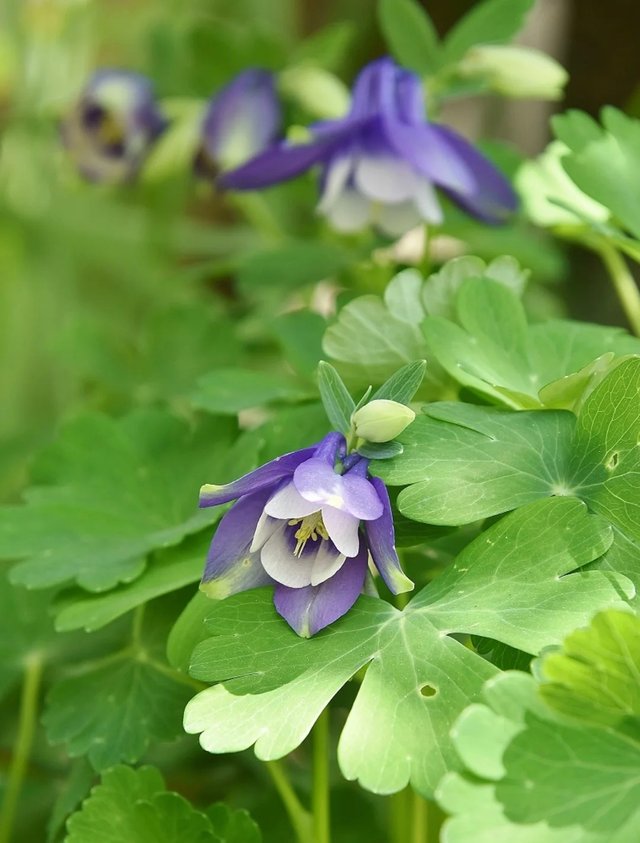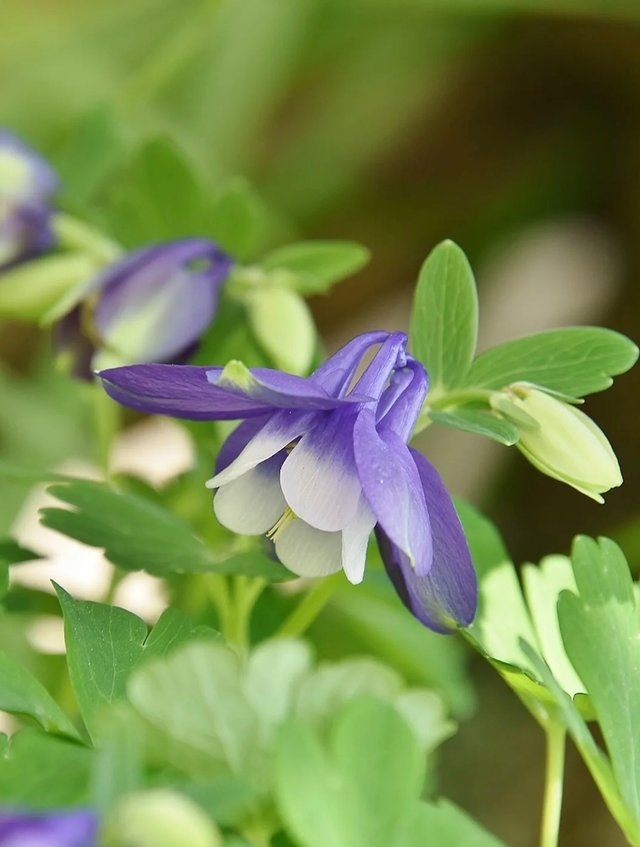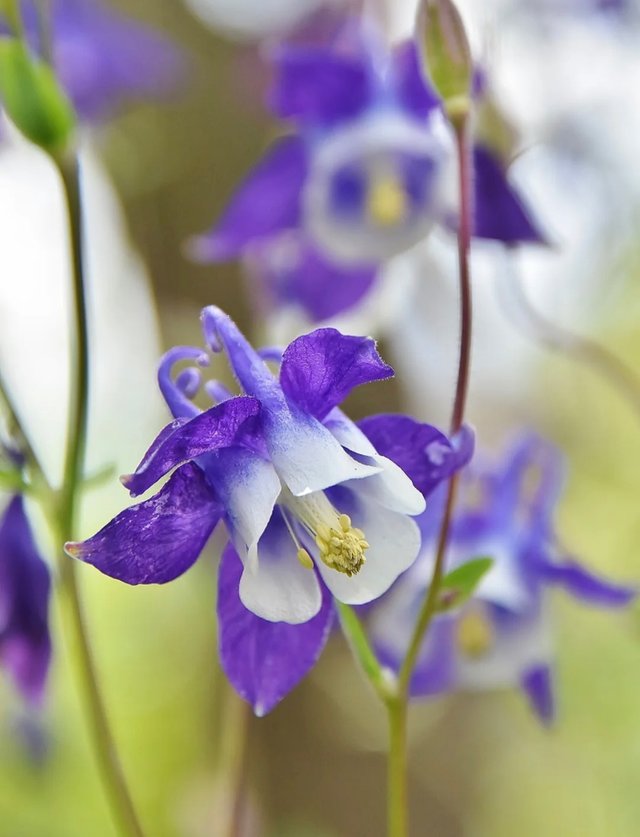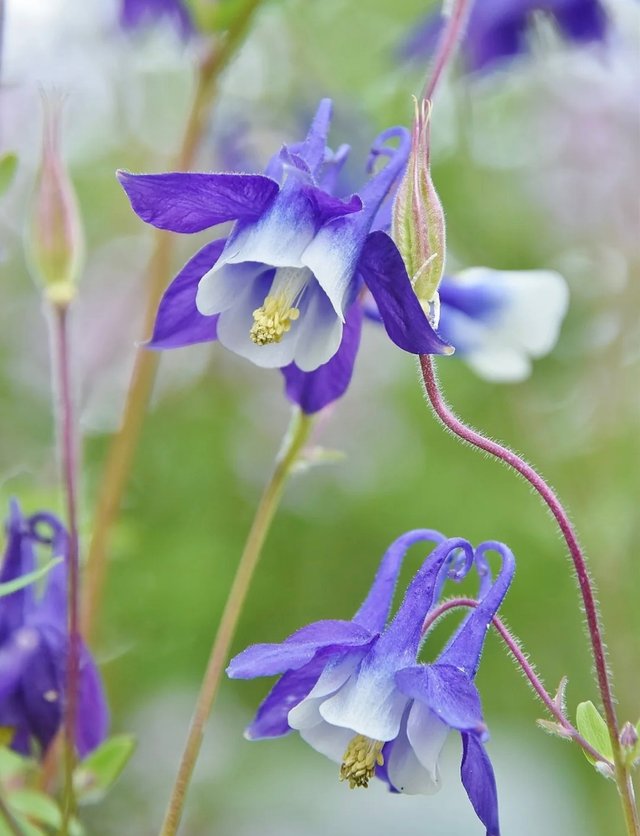Common Columbine Flower
The Common Columbine—a flower as poetic as its name. Known scientifically as Aquilegia vulgaris, this species is native to Europe but has found its way into the hearts and gardens of people across the world. With its graceful, nodding blooms and unique spurred petals, the columbine is more than just a pretty face—it's a symbol of resilience, adaptability, and quiet elegance.The Common Columbine stands out with its distinctive flower shape, often described as “bonnet-like” or resembling jester’s caps. Each bloom features five spurred petals that curve backward, giving it a star-like silhouette. The colors can vary from soft blues, purples, and pinks to whites and deeper violet tones. Hybrid varieties have also introduced bi-colored and even yellow versions into the mix.
The plant itself typically reaches 30–90 cm (1–3 feet) in height, with delicate, fern-like foliage that adds a soft, textural backdrop to the more flamboyant blossoms. Columbines are perennial, meaning they come back year after year, and they thrive in temperate climates with well-drained soil and partial shade.One of the most delightful aspects of the Common Columbine is its strong relationship with wildlife. The long nectar spurs of the flowers are perfectly shaped for pollinators with long tongues, especially bees, butterflies, and hummingbirds. In fact, the unique flower structure evolved specifically to attract these kinds of pollinators, making the columbine an essential contributor to a healthy garden ecosystem.
Columbines have a long history of symbolism in art, literature, and folklore. The name "columbine" is derived from the Latin word columba, meaning "dove"—a reference to the flower’s resemblance to a cluster of birds in flight. In Christian iconography, the columbine is often associated with the Holy Spirit and the Virgin Mary.However, the flower also carries more bittersweet meanings. In Victorian flower language, it could symbolize desertion or foolishness, likely due to its association with abandoned love and its nodding, humble appearance. Despite this, many gardeners today embrace the columbine as a symbol of resilience and grace, as it thrives in unexpected places and returns year after year.



